

Chimborazo Military Hospital
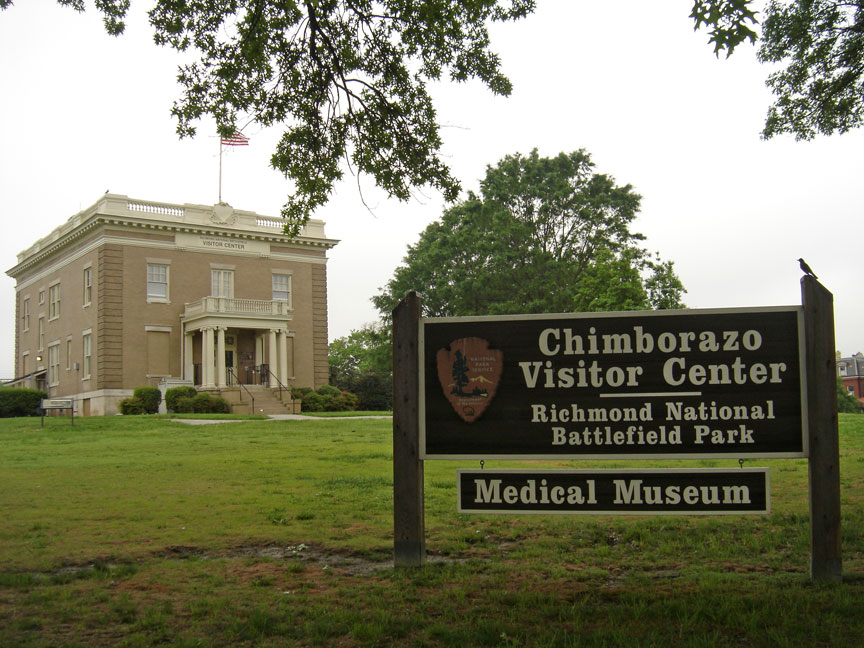
Chimborazo Hospital
Chimborazo Hospital was an American Civil War era facility built in Richmond, Virginia, to service the needs of the Confederate Army. It functioned between 1862 and 1865, treating over 76,000 injured Confederate soldiers. It achieved a 20 percent mortality rate, and today the site is owned by the National Park Service and is used as the visitor center for the Richmond National Battlefield Park.
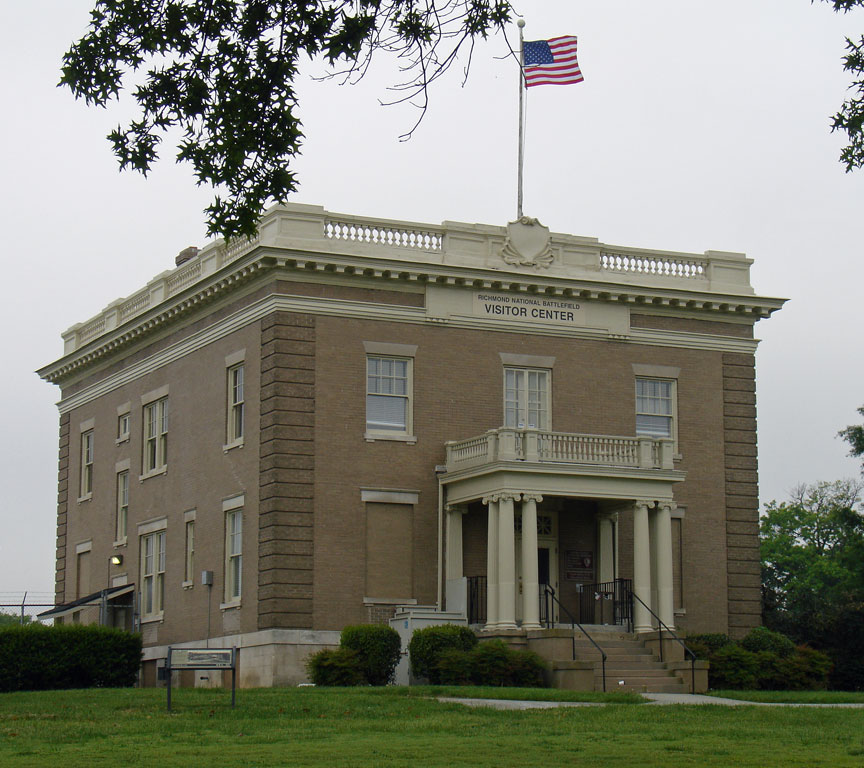
East of the city of Richmond, whilom capital of the Confederate States, and separated from the city proper by the historic Bloody Run Creek, is an elevated plateau of nearly forty acres, commanding from its height a grand view.
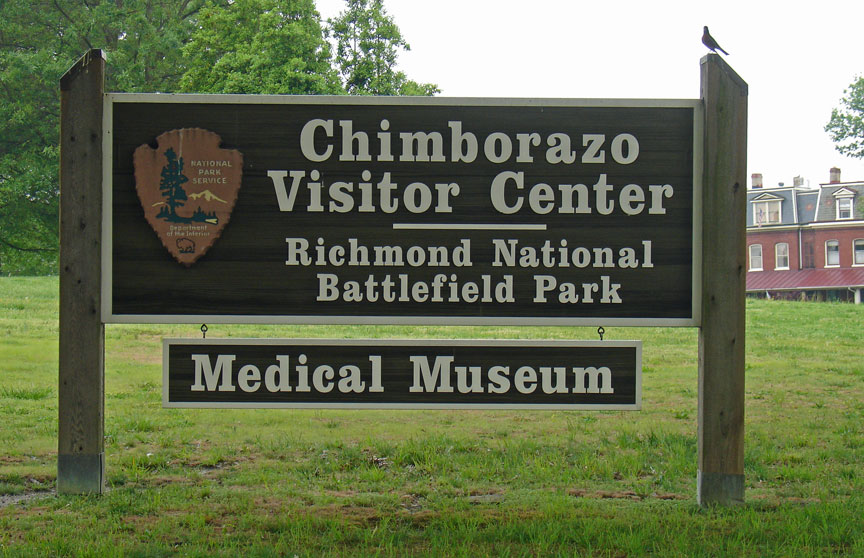
On this high and picturesque point, so well adapted to hospital purposes, in the
year 1862, when the Federal troops moved in force on Bull Run, and the real
campaign began, General Joseph E. Johnston reported that nine thousand men would
have to be sent back to Richmond for admittance to hospitals before his army
could proceed.

That grand old Roman and Chief, Surgeon-General S. P. Moore, at once went to see
Dr. James B. McCaw, of Richmond (who was not then in the medical service, having
enlisted in a cavalry company,) and as the result of conference held and at the
suggestion of Dr. McCaw, Chimborazo Hill was selected as the most favorable
site, and early in 1862 the hospital was opened and in one week two thousand
soldiers were admitted, and in two weeks' time there were in all four thousand.
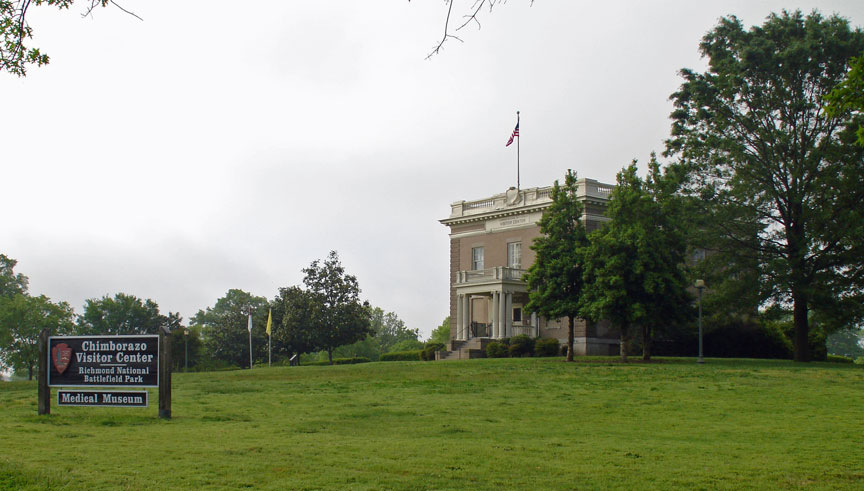
The surgeon-general had only twenty-five hundred beds when General Johnston made
his report. Work was at once commenced, and one hundred and fifty
well-constructed and ventilated buildings were erected, each one hundred feet in
length, thirty feet in width, and one story high, though not all built at one
time, but as needed to furnish comfortable quarters for the sick and wounded.
Five large hospitals or divisions were organized; thirty wards to each division.
These dimensions allowed of two rooms of cots on each side of central aisle; the
capacity of each ward from forty to sixty. The buildings were separated from
each other by wide alleys or streets, ample spaces for drives or walks, and a
wide street around entire camp or hospital. The hospitals presented the
appearance of a large town, imposing and attractive, with its alignment of
buildings kept whitened with lime, streets and alleys clean, and with its
situation on such an elevated point it commanded a grand, magnificent and
pleasing view of the surrounding country for many miles.
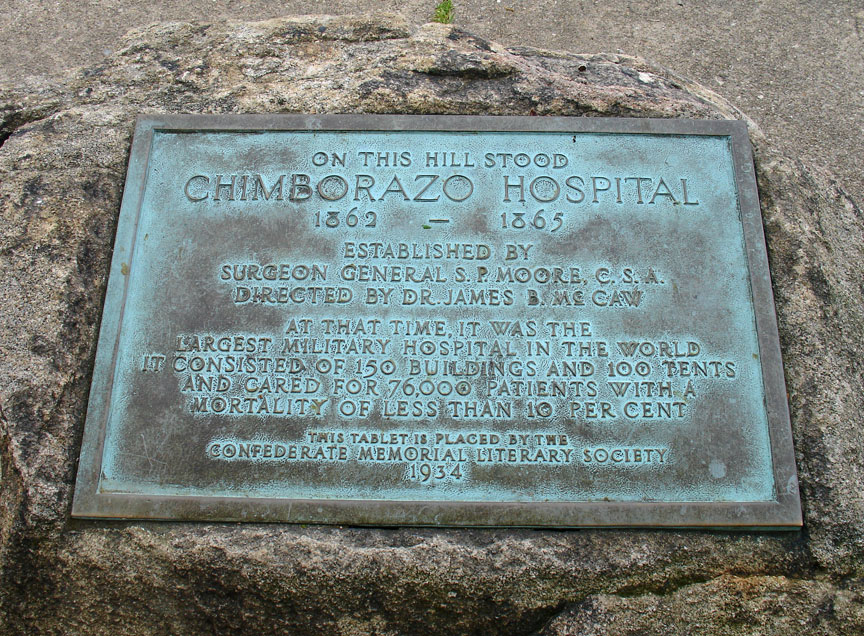

the heights above Richmond
The divisions of this immense hospital were five, or five hospitals in one, and
five surgeons, each one of the five in charge of a division; also a number of
assistants and acting assistant surgeons (forty-five to fifty), each, in charge
of several wards of buildings, and subject to surgeons of divisions, and all
subject to Surgeon James B. McCaw, in charge of executive head.
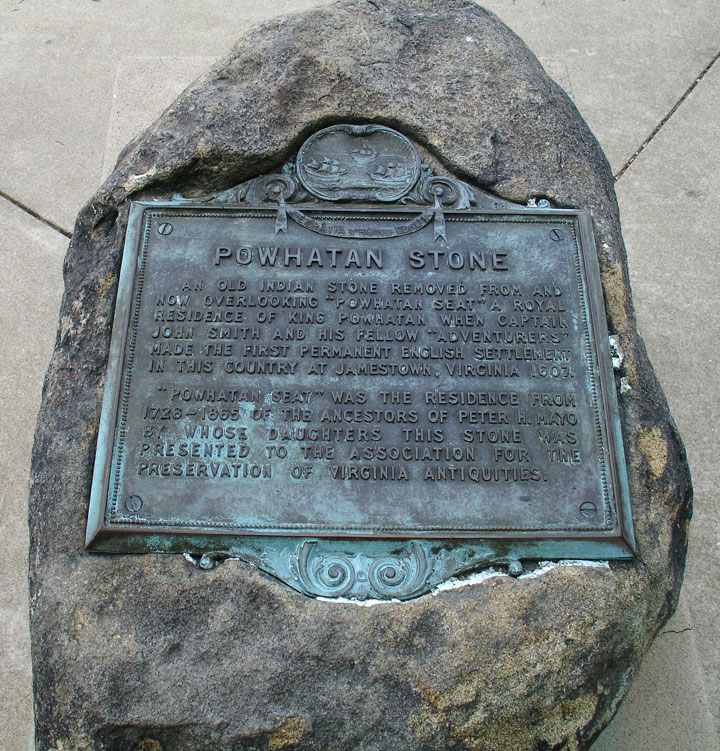
Powhatan Stone
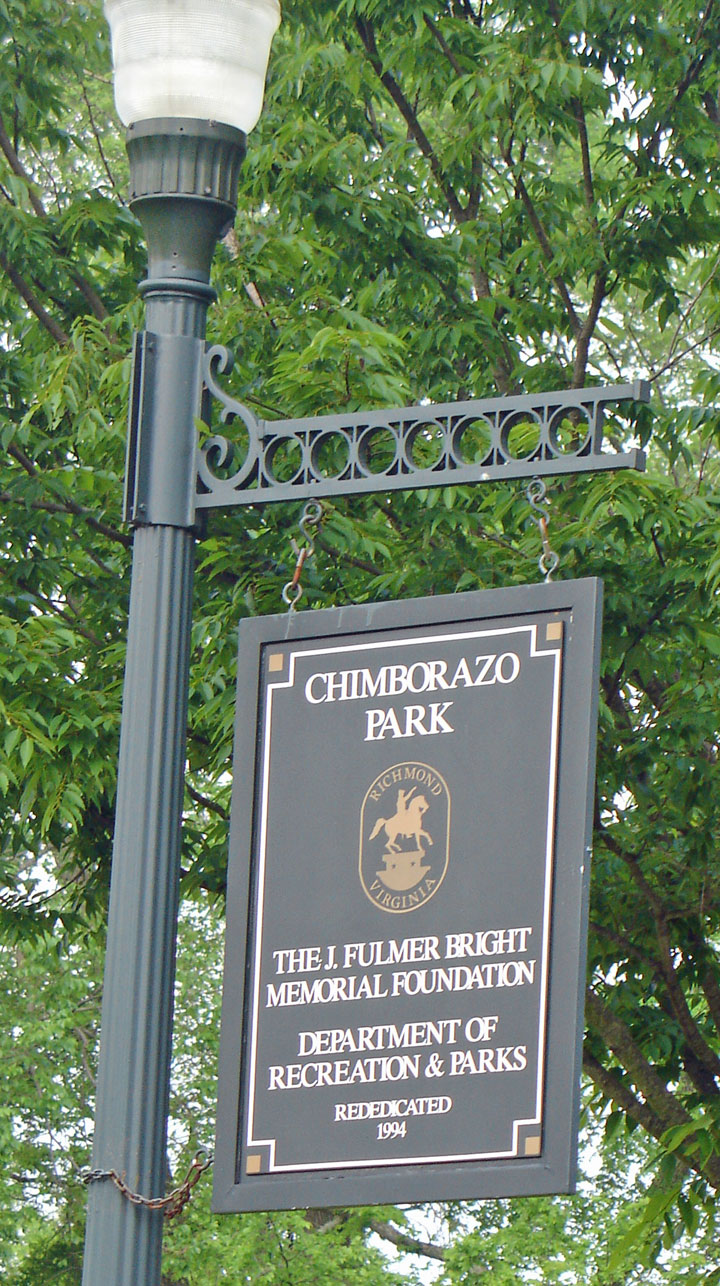
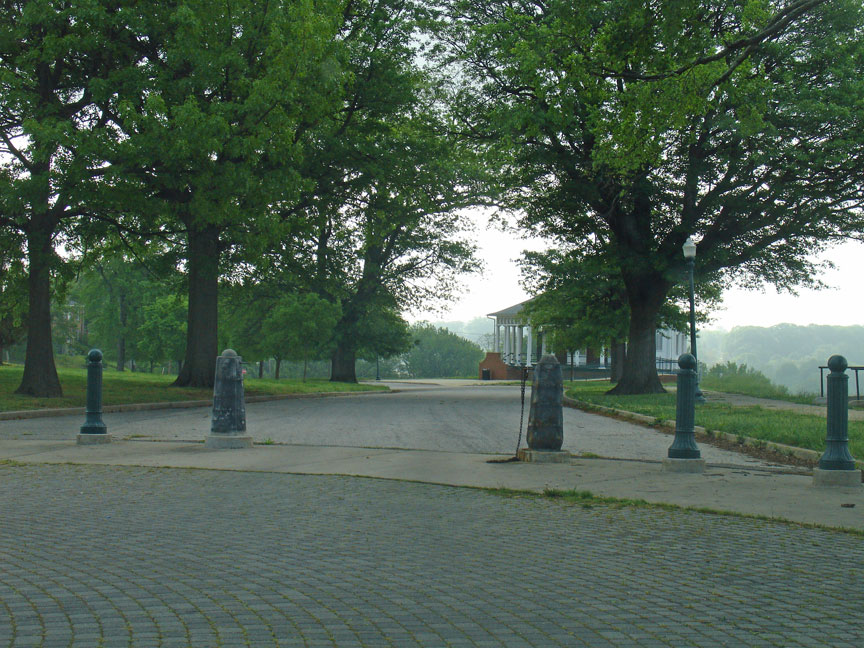
the park
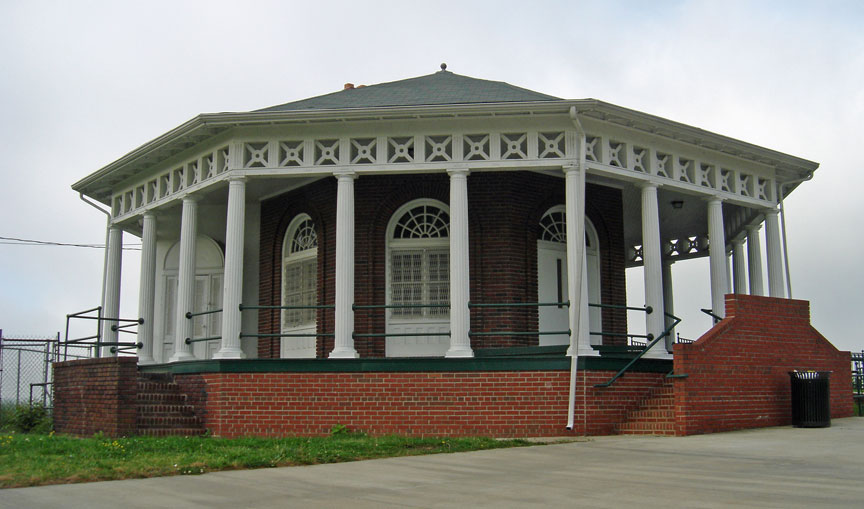
pavillion
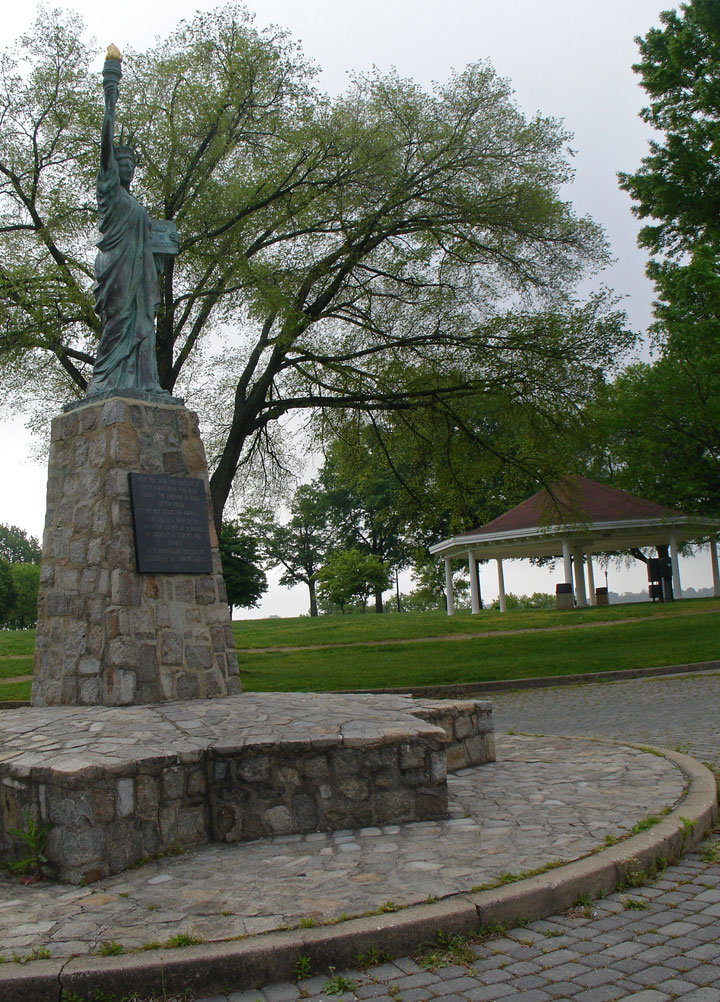
Lady Liberty
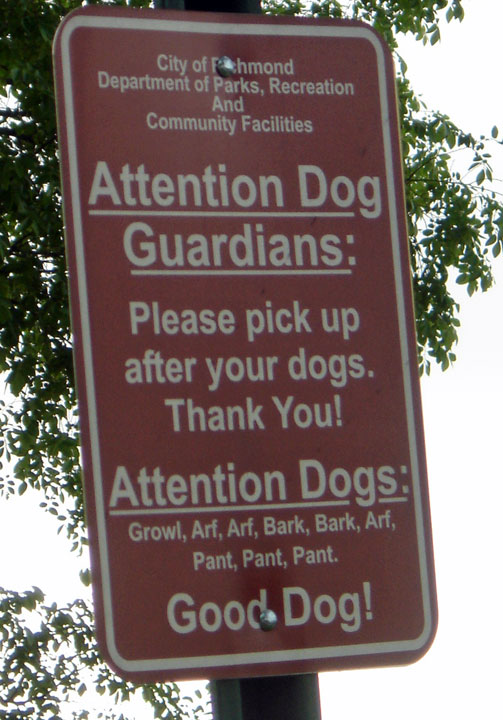
bilingual sign
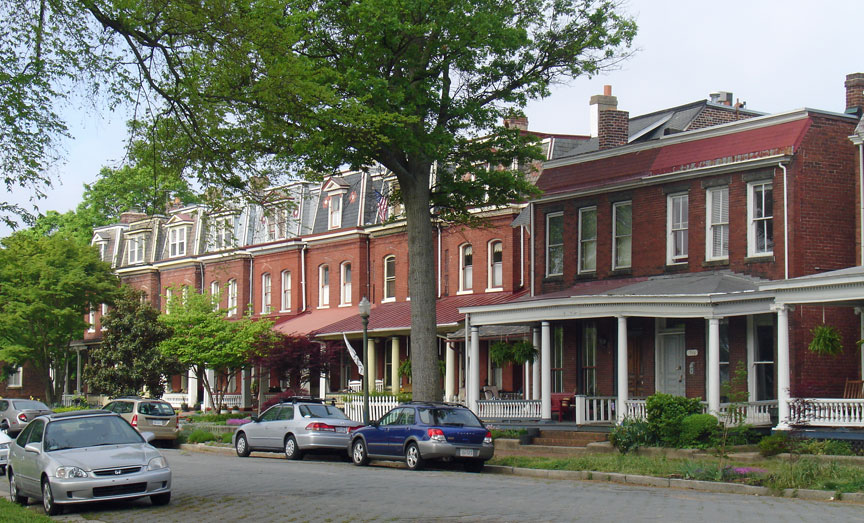
along the park
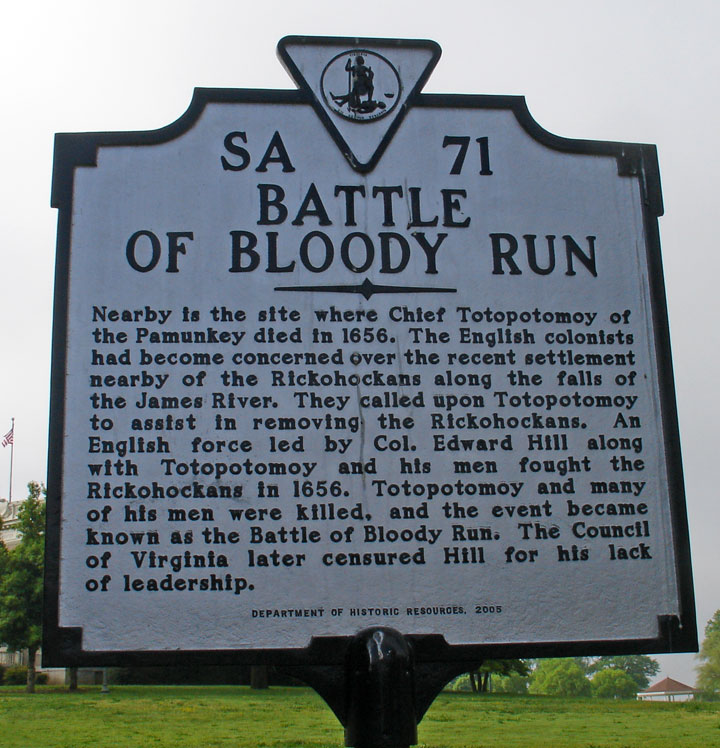
Native American problems
